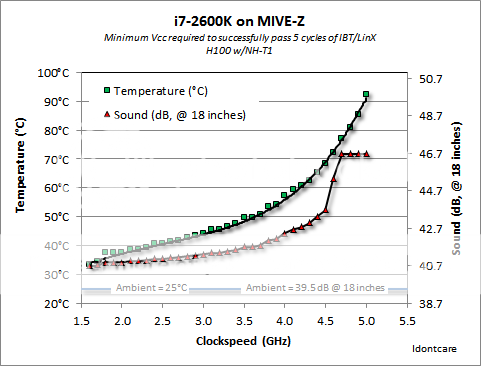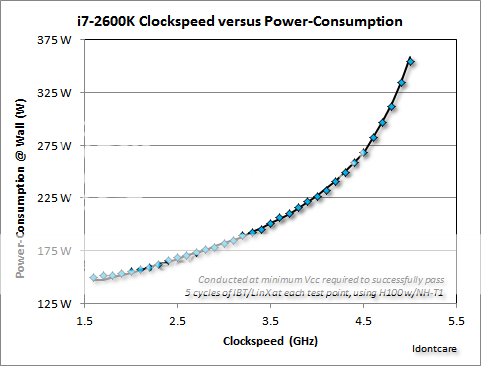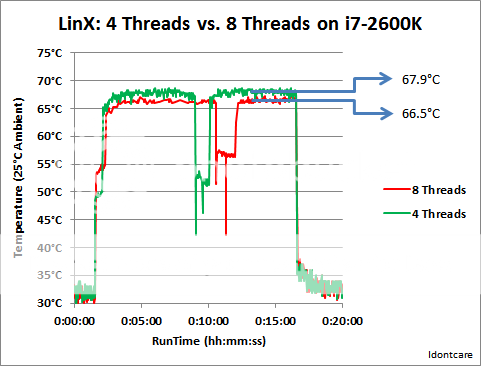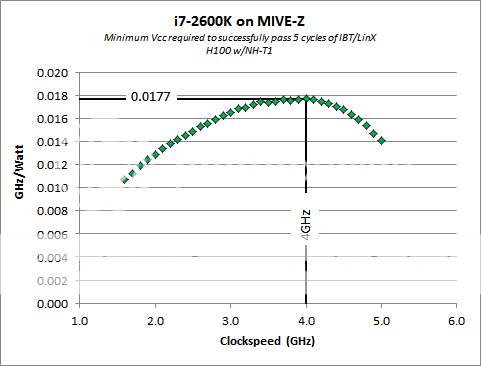This thread is a work in progress. The OP will be updated/amended to reflect information as made available by thread contributors.
LinX (Intel burntest) is superior to Prime95 small FFT for determining CPU core logic stability.
LinX (Intel burntest) is superior to Prime95 small FFT for determining CPU core logic stability.
- Must run with the IBT thread count set equal to the physical core count of the CPU.
- HT slows it down and reduces the ability to determine stability. Set to 4 threads on a 2600K.
- Set memory to "All".
- Stability Criterion: Must pass 5 cycles minimum, passing 20 cycles is preferred (considered gold standard)
- Must use large FFT, blend is insufficient. <- reports indicate this is false for AMD stability tests, see post #4
- HT is ok for this test.
- Stability Criterion: Must pass 2 hours minimum, passing 12 hours is preferred (considered gold standard)
- Launch one instance per thread supported by CPU (8 instances of HCI memtest for 2600K)
- Set each HCI instance to use an appropriate fraction of the memory...16GB on a 2600K means each HCI instance (there will be 8 instances) are to use 2048 MB.
- Stability Criterion: Must pass 200% coverage minimum, passing 1000% coverage is preferred (considered gold standard)
- Error checking MUST be enabled by the user (check the box), otherwise you are leaving it up to your eyes to detect visual artifacts which renders the test entirely subjective.
- Stability Criterion: Must pass 20 minutes minimum, passing 1 hour is preferred (considered gold standard)
Last edited:









